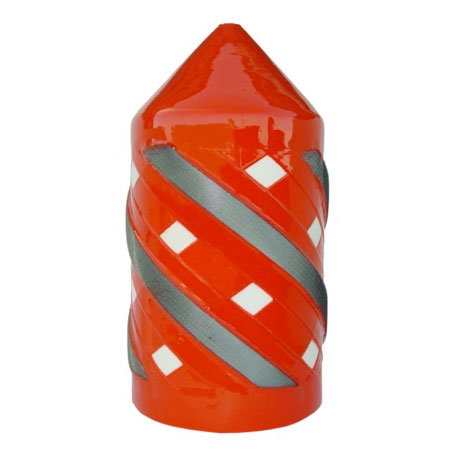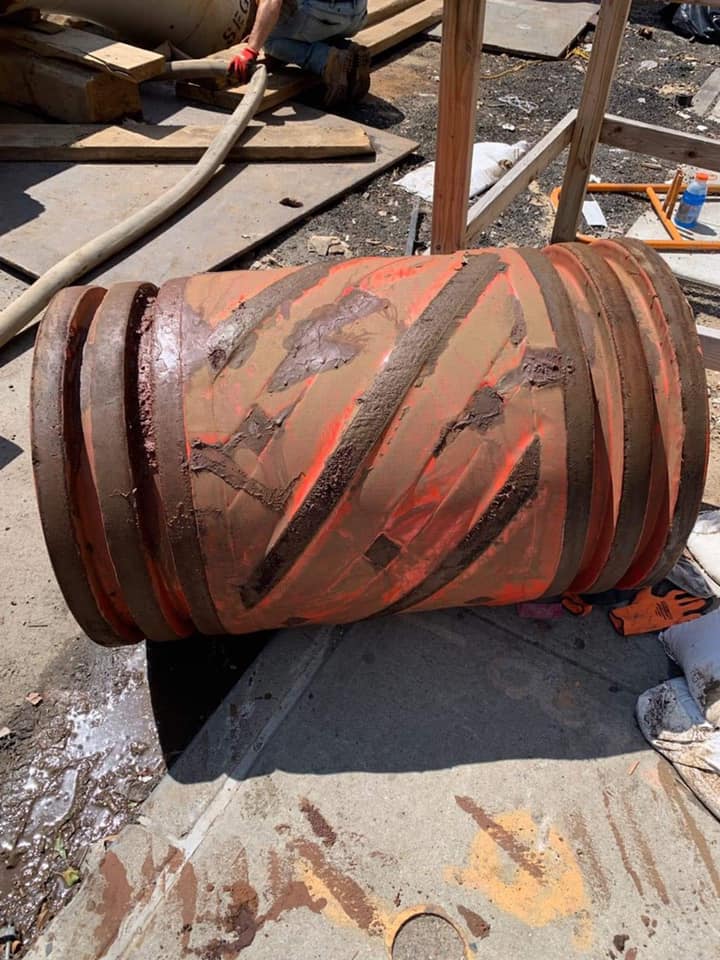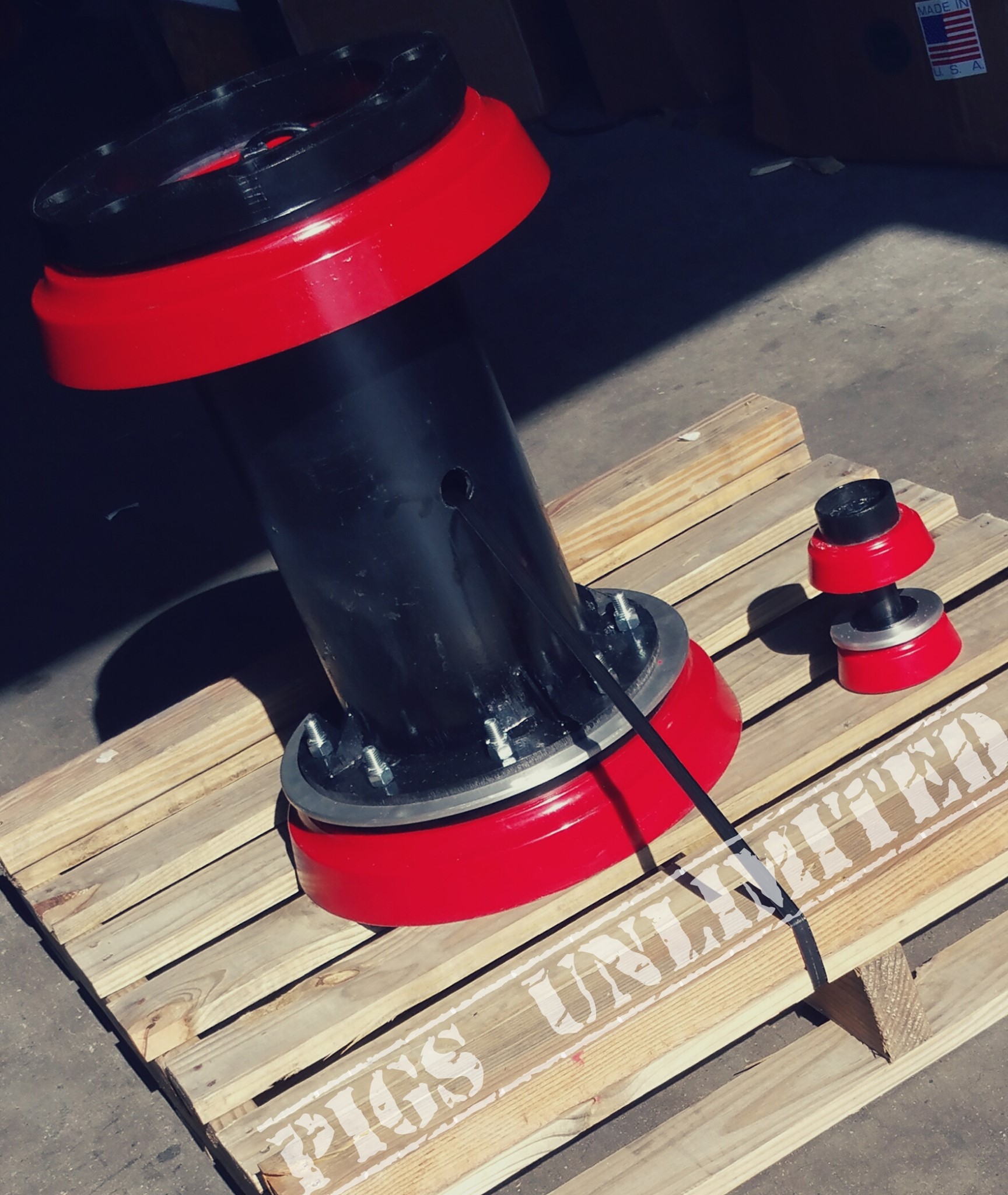Over time a pipeline is likely to retain buildup which can lead to slower movement and even blockage of the pipeline. Damage such as cracks or defects in the line can create serious problems. A process that ensures that oil and gas pipelines and flowlines run smoothly, pipeline pigging is a simple and effective process.
The tools of this process, pipeline pigs are injected into a given line using a pig launcher and receiver. Using the flow of product, the pig is pushed through and/or can be pulled by another device or simple cable. Whether a cylinder or sphere, metal or urethane, pigs clean the line by essentially pushing debris ahead. As the pig moves forward in the pipeline, it can serve multiple purposes, from cleaning the line to inspecting the surface for defects.

The process of “pipeline pigging” has been in use for a long time, but the technology behind the “pig” has come a long way. With new materials and better design, a higher rate of effectiveness is achieved when a pig is sent through the pipeline. Whether it’s used to clean debris off the sides of the pipes, or to push out material, the pig has become an essential tool for any pipeline.
The frequency for pigging a line depends on the type of pipeline, it’s age, condition, and size, among other factors. For example, if more sediment accrues within a pipeline, a higher frequency of pigging will be needed. On the other hand, pipeline pigging can also be used between product changeouts at any time.
There are several factors to consider when selecting the type of pig for a given pipeline. The more important of these is to define the task the pig will do. Other important criteria are the pipeline layout, the material needed such as polyurethane or steel, size, as well as shape and accessories.
With the latest technologies, pipeline pigging is now used commonly for more purposes than ever. For example, foam utility pigs are used for drying, cleaning, batching, and product removal operations. Solid cast utility pigs are used for product removal from a pipeline, batching, hydrostatic testing, and removal of paraffin, or other buildup from a pipeline. Process pigs are intended for use in packing, storage, and loading/unloading lines. Urethane spheres are a meter proving pipeline pigging system.
Types of Pipeline Pigs
The wide range of utility pigs for pipelines include foam pigs (such as bare or brush foam pigs and foam disc pigs), steel mandrel pigs, urethane spheres, and solid cast pigs. Any time pipeline pigging for cleaning is needed, utility pigs are used to clear out debris and sediment from a line. Whether it’s to clear out debris from construction or from general build up, the pipeline is pigged for better performance. Utility pigs are used in these cases to clear out the line. These types of pigs are also used to remove liquid from or empty a pipeline, or as an intermediary between two different products in the pipeline.

Smart pigs, also known as inline inspection pigs, or inspection pigs are used in pipeline pigging for examining the inside of a pipeline to find problems and collect information. For example, smart pigs can be used to verify pipeline diameter and curvature, check pressure and temperature, and even identify thinning out or corrosion. Prior to the use of intelligent pigs, articulated pigs can be used to prove minimum bend radius.
Steel pipeline pigs are perfect for long-term use. They have a long-life and can be maintained easily, being ready to serve in any application where a pipeline pig is needed.

Pipeline Pig Trackers and Pingers consist of a signal-emitting transmitter and hand-held receiver with signal-pickup wand. The receivers utilize both audio and visual means to detect the presence of pigs in the pipeline. The receivers allow the operator to make adjustments and are used to track the progress of pigs during a pipeline run, or can be used to locate pigs within a run of pipeline in land or water applications, above or below ground.
There is also a wide range of other pipeline equipment designed to accommodate the variety of pipelines. As pipeline technology moves forward, so does pipeline pigging technology.
